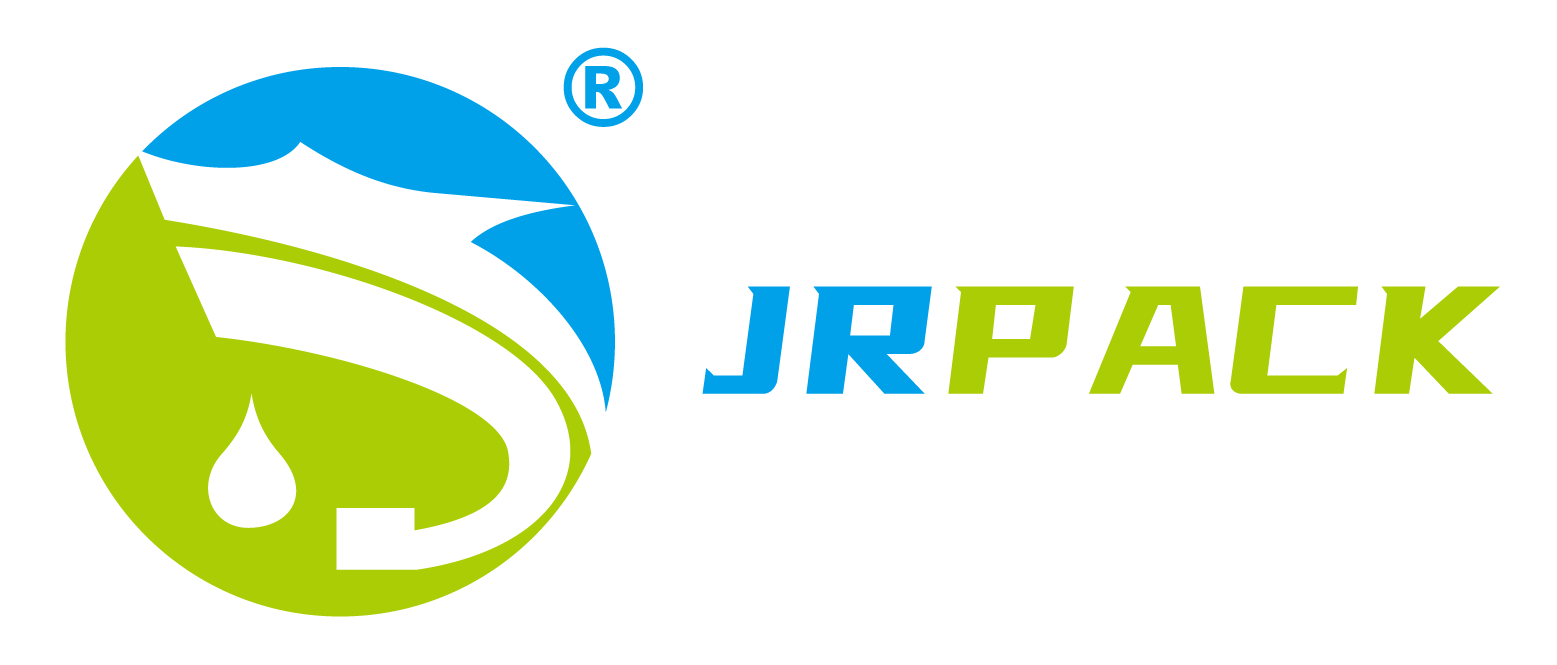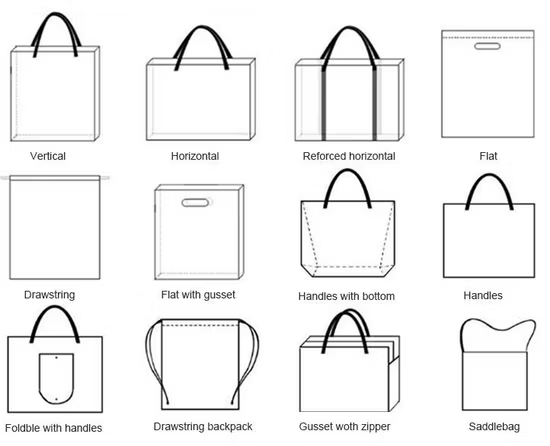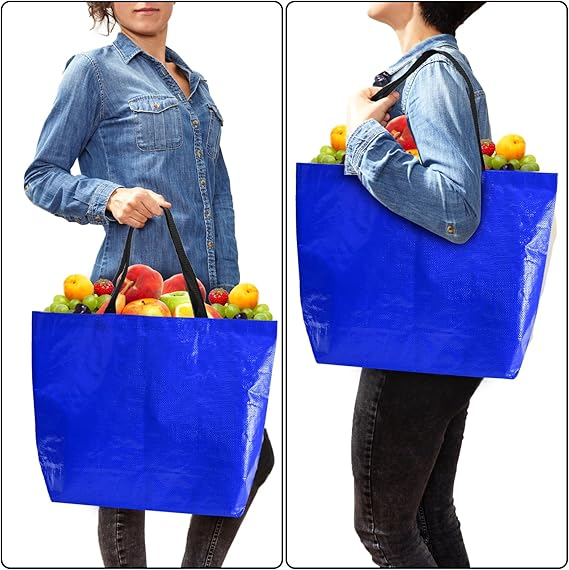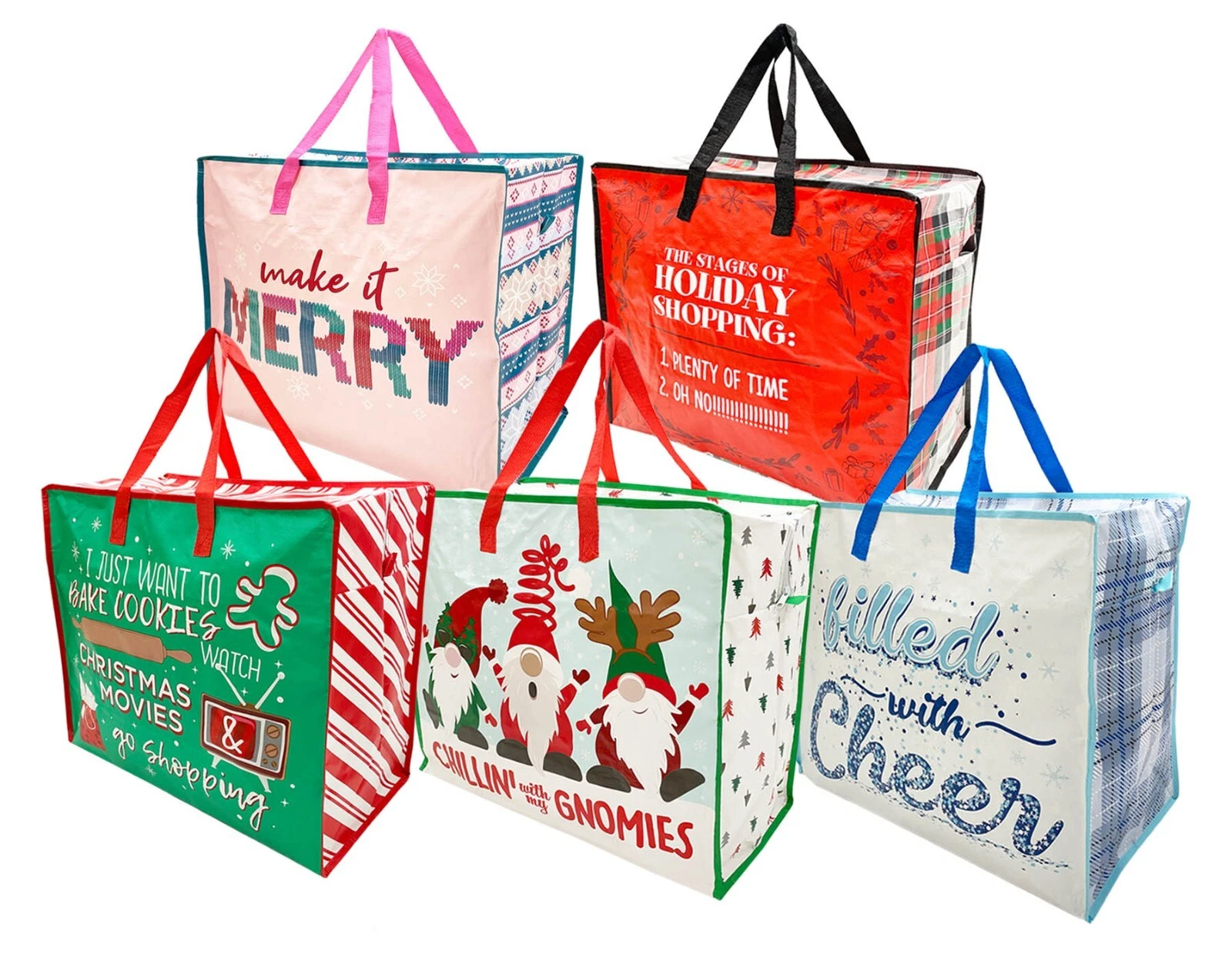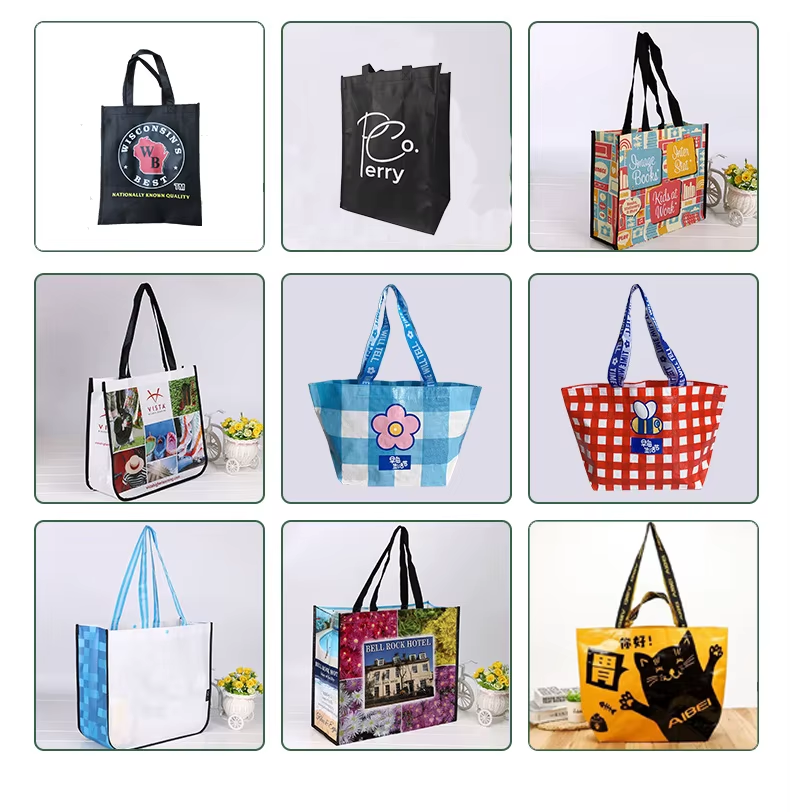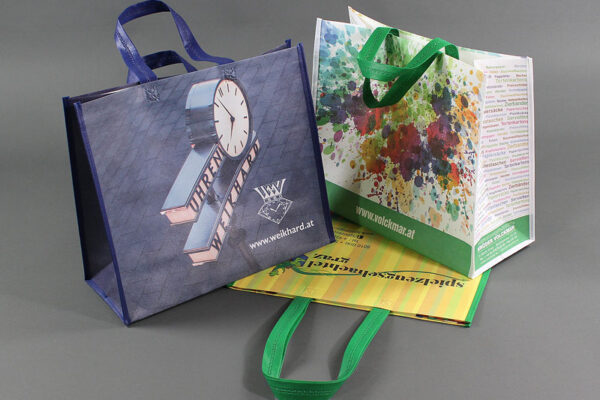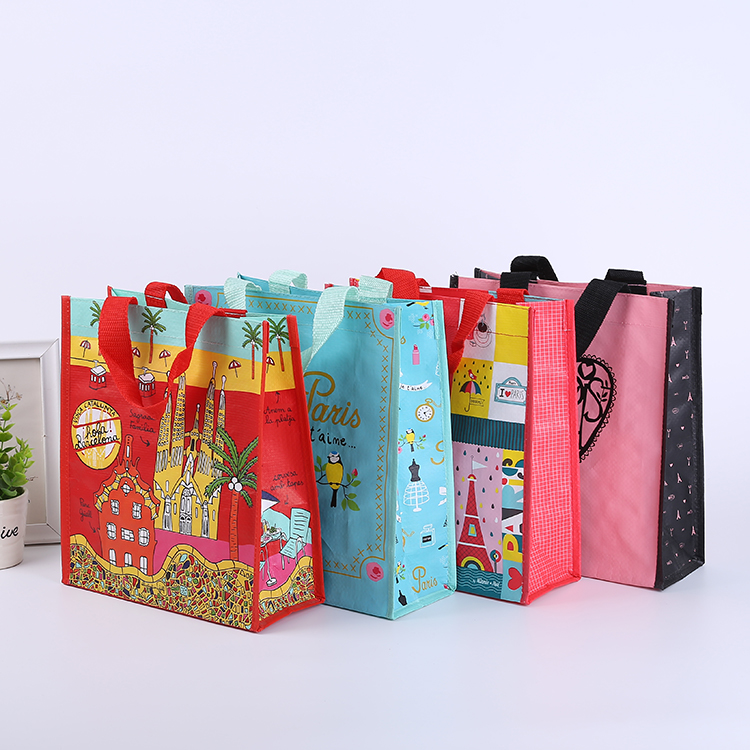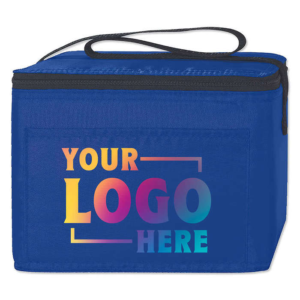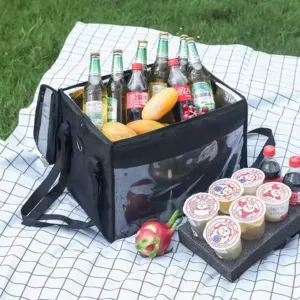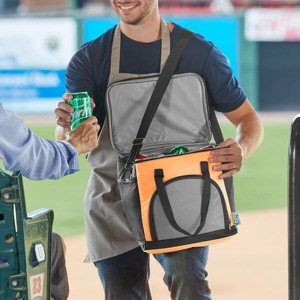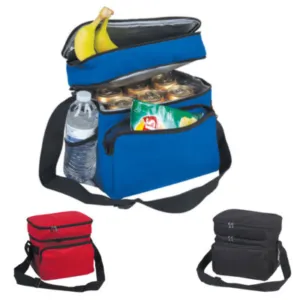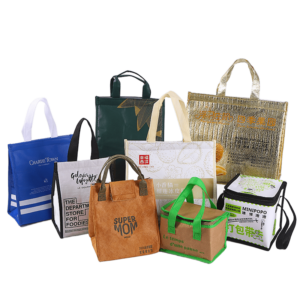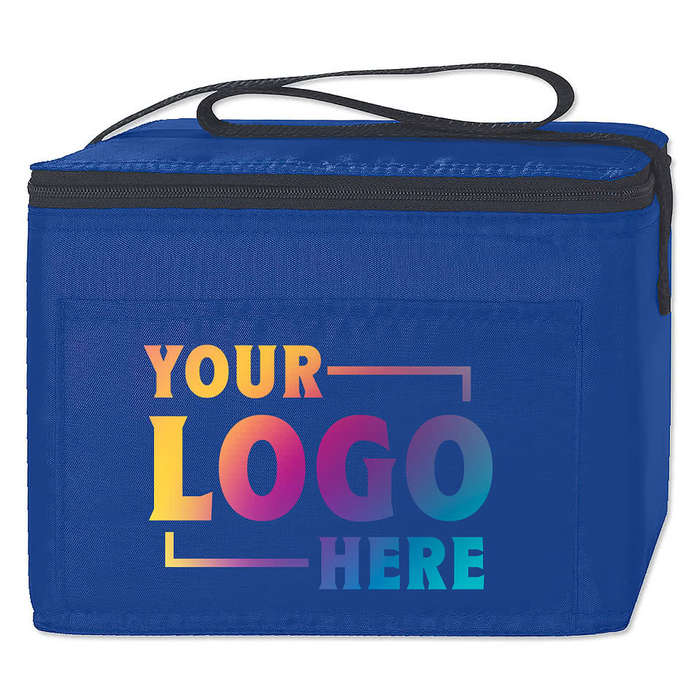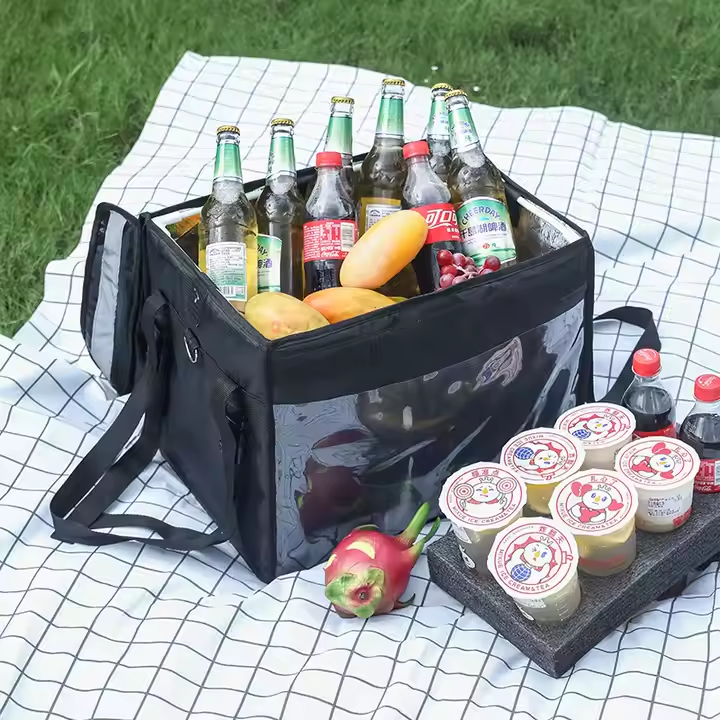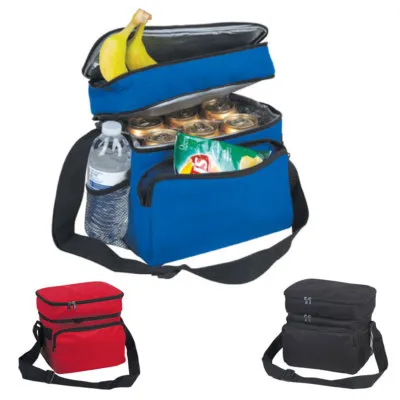`
PP woven bags[^1] are widely used in retail, industrial, and promotional packaging[^2] due to their durability[^3] and customizability. The choice of handle type[^4] impacts load capacity[^5], comfort[^6], and cost. This list explains the seven most common handle type[^4]s and their uses.
PP woven bag handles vary in strength, comfort[^6], and design, influencing the bag’s performance in different applications from retail to industrial use.
Handles determine carrying comfort[^6] and weight capacity. Let’s look at the seven most common designs and their uses.
Top Stitched Handles
Top stitched handles are sewn directly onto the top edge of the bag with reinforced stitching.
These handles provide a balance of durability[^3] and affordability. They are well-suited for moderate loads such as retail or grocery items. The stitching runs along the top seam, giving them a neat look while ensuring strength.
They are also easier to manufacture, which makes them cost-effective[^7] for large-scale production.
Retail chains often prefer them because they can be combined with colorful prints or brand logos without compromising functionality.
Key Considerations
| Feature | Description |
|---|---|
| Load Capacity | Moderate |
| Comfort | Moderate |
| Cost | Low to Medium |
| Common Use | Retail bags, grocery bags |
While strong enough for day-to-day shopping, they may not be ideal for heavy-duty or industrial use.
Cross Stitched Handles[^8]
Cross stitched handles use an X-shaped stitch pattern for extra reinforcement.
The cross stitch adds structural integrity, distributing stress evenly and reducing the risk of tearing. This makes them ideal for heavy loads, such as agricultural products or industrial materials.
They are often paired with thicker PP woven fabric to maximize strength.
Buyers who transport grain, fertilizers, or bulk supplies often choose this design for safety and durability.
Key Considerations
| Feature | Description |
|---|---|
| Load Capacity | High |
| Comfort | Good |
| Cost | Medium |
| Common Use | Industrial, agriculture |
Although slightly more expensive to produce, the increased durability can justify the cost for heavy-duty applications.
D-Cut Handles[^9]
D-cut handles are die-cut into the fabric itself, forming a built-in grip.
They are lightweight, simple, and affordable, making them perfect for short-term or single-use packaging. Retail stores often use them for promotional giveaways or lightweight products.
Since they don’t require separate handle materials, production is faster and cheaper.
However, their weight capacity is lower, so they are not suitable for heavy items.
Key Considerations
| Feature | Description |
|---|---|
| Load Capacity | Low |
| Comfort | Low to Moderate |
| Cost | Low |
| Common Use | Retail, promotional packaging |
D-cut handles are an economical choice for high-volume, lightweight packaging needs.
Narrow Woven Handles[^10]
These are narrow strips made from woven polypropylene fabric.
Narrow woven handles are durable and comfortable, ideal for reusable shopping or promotional bags.
They can be dyed in various colors, matching brand designs.
They are often sewn with reinforced stitching to extend lifespan, which appeals to eco-conscious customers looking for long-term use.
Key Considerations
| Feature | Description |
|---|---|
| Load Capacity | Medium to High |
| Comfort | Good |
| Cost | Medium |
| Common Use | Reusable shopping, promotions |
These handles strike a good balance between strength, comfort, and branding opportunities.
Plastic Handles[^11]
Molded plastic handles provide a rigid, ergonomic grip.
They offer excellent carrying comfort for heavy loads, often seen in premium retail or specialty packaging.
Plastic handles can be attached through rivets or integrated design, making them more secure for heavier contents.
They also give the bag a more upscale, professional appearance, which can be a selling point for gift packaging.
Key Considerations
| Feature | Description |
|---|---|
| Load Capacity | High |
| Comfort | High |
| Cost | Medium to High |
| Common Use | Premium packaging, heavy goods |
Plastic handles are less flexible than fabric ones but excel in comfort and stability for heavy items.
Ultrasonic Handles[^12]
Ultrasonic handles are created by heat welding polypropylene fabric without sewing.
The ultrasonic welding process produces clean, seamless edges and high strength.
This method eliminates needle holes, which can be stress points, thus increasing durability.
They are preferred in industrial settings where heavy loads and rough handling are common.
Key Considerations
| Feature | Description |
|---|---|
| Load Capacity | High |
| Comfort | Good |
| Cost | Medium |
| Common Use | Industrial, heavy-duty bags |
They provide a professional finish and are ideal where cleanliness and precision are important.
Reinforced or Extra Wide Handles[^13]
These handles are made wider or with extra material layers.
The wider surface distributes weight better, reducing strain on the user’s hands.
They are particularly useful for large, bulky products or situations where the bag will be carried for long distances.
Supermarkets, wholesalers, and bulk item retailers often choose this design for customer comfort.
Key Considerations
| Feature | Description |
|---|---|
| Load Capacity | High |
| Comfort | Very High |
| Cost | Medium |
| Common Use | Bulk product bags |
Reinforced or extra wide handles improve user experience and make carrying heavy or awkward loads easier.
Conclusion
PP woven bag handles vary in design to meet different needs. From cost-effective D-cuts for retail to reinforced handles for bulk items, each type offers specific benefits.
In my experience working with large-scale packaging buyers, selecting the right handle can significantly improve customer satisfaction and product safety.
Which handle type do you prefer for your packaging needs? Share your thoughts in the comments.
---
[^1]: Explore the advantages of PP woven bags, including durability and customizability, for various packaging needs.
[^2]: Discover which handle types are most effective for promotional packaging to enhance brand visibility.
[^3]: Learn about the durability of various handle types to ensure your packaging withstands the test of time.
[^4]: Understanding the impact of handle types can help you choose the best option for your packaging requirements.
[^5]: Gain insights into how load capacity varies with different handle designs and materials.
[^6]: Explore the key factors that affect comfort in bag handles to make informed packaging choices.
[^7]: Find out which handle types offer the best balance of cost and functionality for your packaging needs.
[^8]: Discover how Cross Stitched Handles enhance strength and safety for transporting heavy agricultural and industrial materials.
[^9]: Find out why D-Cut Handles are a popular choice for lightweight and promotional packaging solutions.
[^10]: Explore the benefits of Narrow Woven Handles for eco-conscious consumers looking for durable and stylish options.
[^11]: Learn about the ergonomic design of Plastic Handles and their suitability for premium packaging.
[^12]: Discover how Ultrasonic Handles provide durability and cleanliness for heavy-duty bags.
[^13]: Understand how Reinforced Handles enhance user comfort and make carrying heavy items easier.
